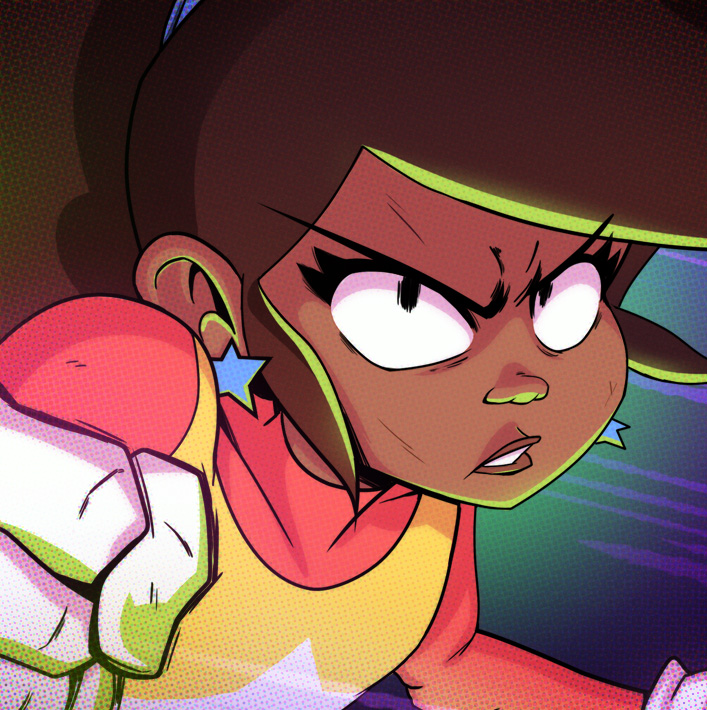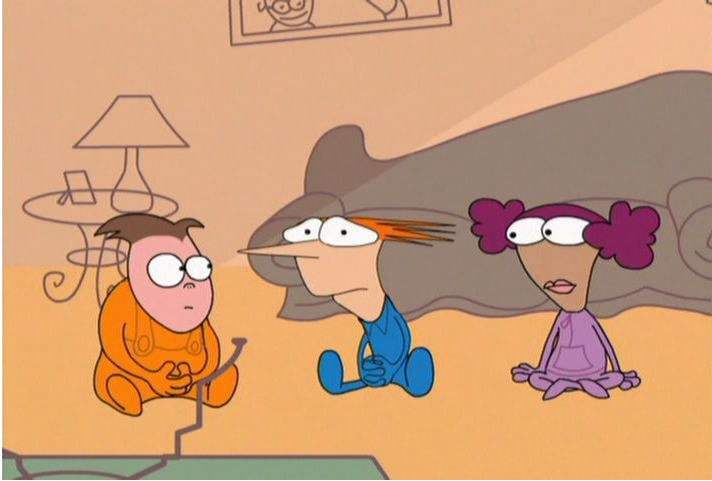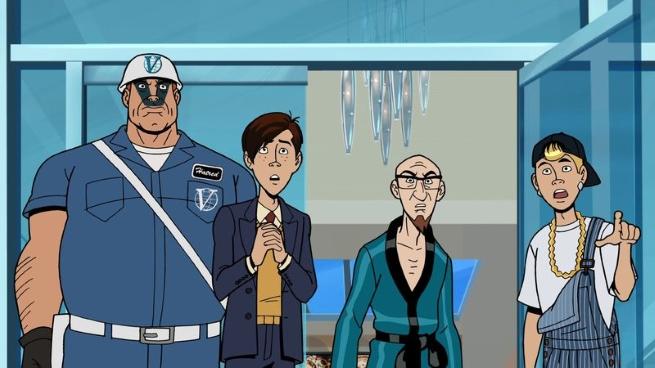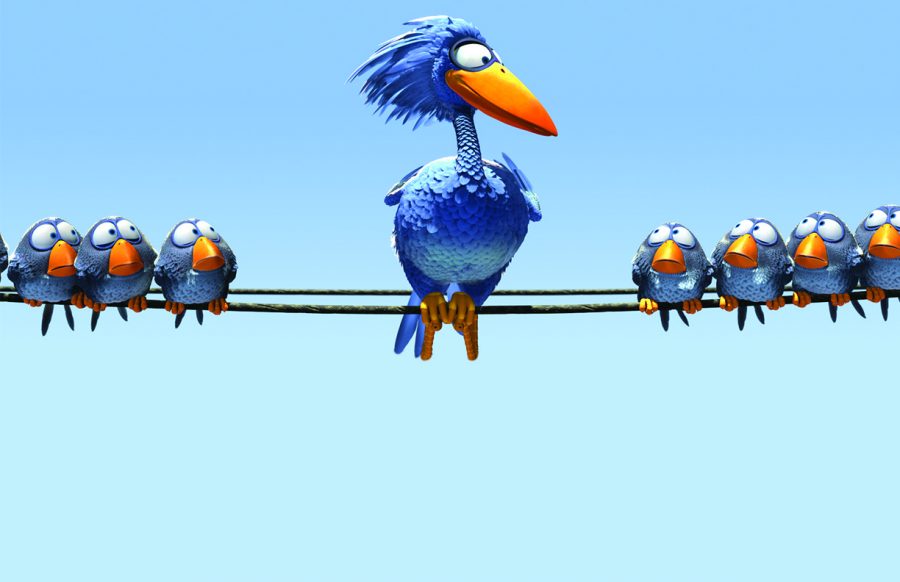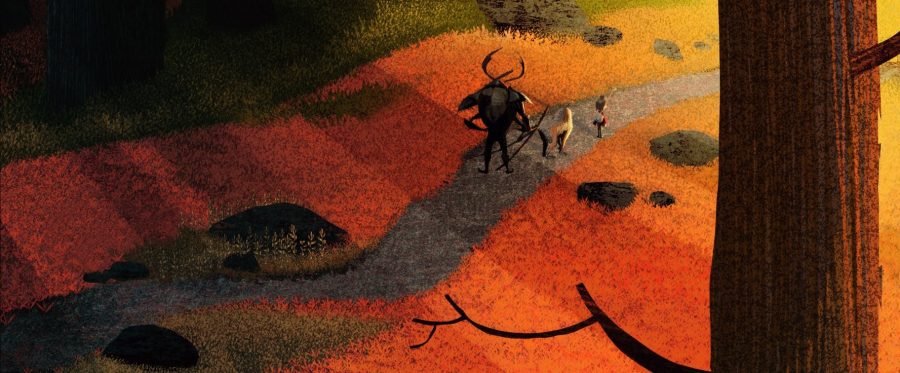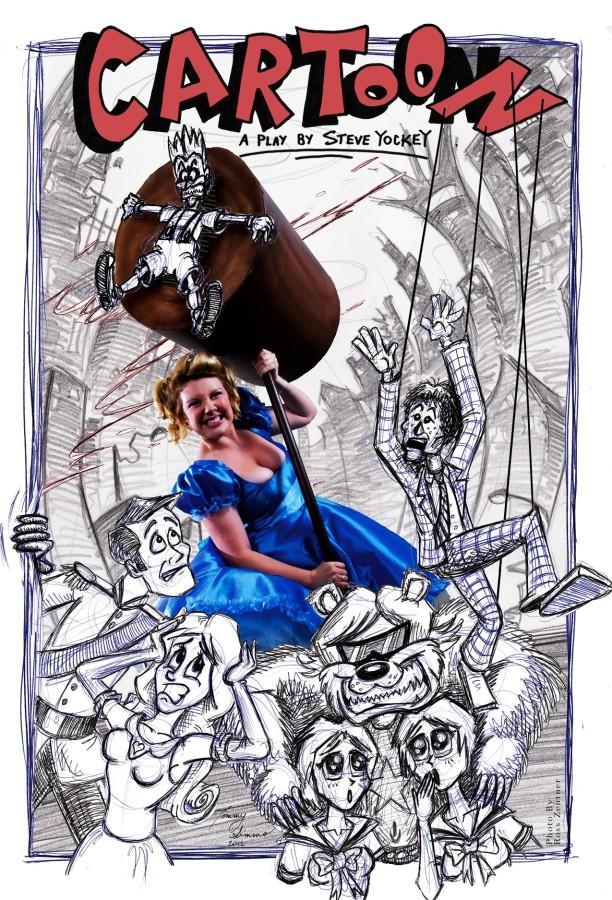Over winter break, I watched a show on Max named “Invincible Fight Girl,” and, so far, it is one of the best examples of Black representation I’ve seen in modern animation.
“Invincible Fight Girl” focuses on a Black, 14-year-old girl named Andy who dreams of being the greatest professional wrestler in the world. However, she starts off as an accountant, set up by her parents to follow in their footsteps through this career. After standing up to villains threatening her town and convincing her parents to let her pursue her dream, Andy begins her wrestling journey.
As someone who loves professional wrestling and animation, this show was right up my alley from the start. Even though the show’s well-animated fights and characters are entertaining, what really stuck with me afterwards was how it handled Black representation.
Black characters seldom receive the representation they deserve. While rarely included in animated shows and movies, they are often depicted as sidekicks or subordinates to their white counterparts. Worse yet, they are often written stereotypically, as is the case in shows like “The Boondocks” and “The Cleveland Show.”
Even though I grew up liking both shows, both portray their Black characters as loud, ignorant, lazy and low-class. While “The Boondocks” is better written than “The Cleveland Show” and uses these stereotypes to send messages to the audience about how Black culture can improve, both still have these issues.
“Invincible Fight Girl” presents Andy as hopeful, hardworking, kindhearted and an underdog to root for. She is instantly likable and does not feel like a stereotype, which make her someone that Black viewers can look up to.
Andy is not the only Black animated character with these traits, but she is one of the rare ones. She is a good example of a Black animated protagonist that is not overshadowed or subordinated to other characters in the story.
A common trope in animation is the exaggeration of Black characters’ features. Designs often feature big lips, broad noses and differing skin tones that are not accurate representations of real Black people.
Andy’s lips and nose are not exaggerated, and her skin tone is a solid brown shade. Black characters’ skin tones sometimes represent them as ethnically ambiguous. To me, this is done by artists and storytellers as way to not fully commit to their characters being Black. They fear that their shows or movies will not be accepted by certain audiences. Thankfully, “Invincible Fight Girl” unashamedly presents Andy as Black.
“Invincible Fight Girl” also breaks from a common stereotype that we are raised by single mothers and in financial straits. Andy’s parents are alive, present and have money.
Since “Invincible Fight Girl” is an action cartoon with a Black protagonist that focuses on wrestling, it breaks the mold in this way too. This is because the only sports that Black people seem to be consistently successful in and associated with are basketball and football.
Even though people like Dwayne “The Rock” Johnson and Booker T have had major success in wrestling, it is still dominated by white athletes. Because of this, the show further contributes to its unique Black representation. As a Black wrestling fan, I especially felt represented while watching the show.
“Invincible Fight Girl” is a triumph that deserves more seasons and recognition. Because Warner Bros. is currently struggling to stay afloat and in the business of tax write-offs, I fear that it may not get the run it deserves. Hopefully, the show will serve as a blueprint for future Black representation in animation.
This story was written by Christopher Hayden. He can be reached at christopher.i.hayden@marquette.edu.

